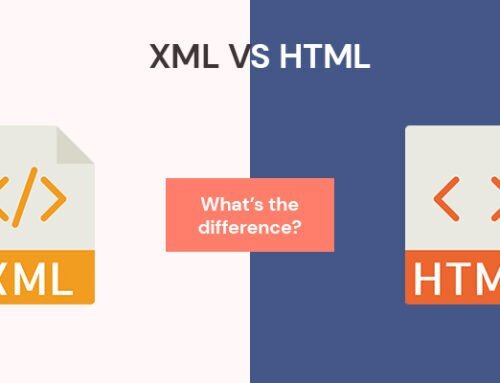Dynamic website development is a process where the content of the website is generated by the server instead of being static. This means that each time a user visits the site, the server will generate new content based on their interaction with the site. Dynamic websites are often used for e-commerce sites or sites that need to constantly update their content, such as news sites. They can also be used to create a more personal experience for the user, such as a social media site or a personal blog. If you’re thinking about developing a dynamic website, there are a few things you need to know. In this blog post, we’ll explore What Is Dynamic Website Development is and some of the benefits and challenges that come with it.
If you’re thinking about developing a website, you may be wondering if a dynamic website is a right choice for you. Dynamic websites are generated by the server each time a user visits the site, which can create a more personal experience for the user. However, dynamic websites can also present some challenges. In this blog post, we’ll explore what dynamic website development is and some of the benefits and challenges that come with it.

What Is A Dynamic Website?
A dynamic website is a website that is constantly changing and responding to user input. A dynamic website uses server-side programming languages such as PHP, Ruby on Rails, or ASP.NET to generate content on the fly. This means that each time a user visits a dynamic website, the server runs a program to generate the desired content. Dynamic websites are often used for e-commerce sites, social networking sites, and interactive applications.
One advantage of using a dynamic website is that it can be customized to each user’s preferences. For example, a social networking site may use a user’s profile information to customize the content that is displayed on the page. Another advantage of dynamic websites is that they can be more responsive to user interaction than static websites. For example, an e-commerce site may allow users to add items to a shopping cart and then display the total cost of the purchase in real time.
How Is A Dynamic Website Different From A Static Website?
A static website is written in HTML and CSS only. A dynamic website is written in HTML, CSS, and JavaScript. Dynamic websites are more interactive than static websites. They can respond to user input and can change the content of the page without having to reload the page.
Static websites are typically faster and easier to develop than dynamic websites. Dynamic websites require more code and can be more complex to develop.
Dynamic websites are usually better suited for larger sites with more complex functionality. Static websites are typically better suited for small sites or sites that do not need complex functionality.
What Are The Benefits Of A Dynamic Website?
There are many benefits of having a dynamic website. A dynamic website can help you save time and money by automatically generating new pages or posts based on user input, instead of having to manually create each one. This means that your website can be constantly updated with fresh content without you having to do any work.
Another benefit of a dynamic website is that it can be more engaging for visitors than a static site. Visitors to a dynamic site can interact with the content in various ways, such as by leaving comments or rating items. This can make your site more enjoyable to use and encourage people to come back. Additionally, dynamic websites can be designed to adapt to the user’s preferences and provide a personalized experience, which can further increase engagement.

How To Develop A Dynamic Website?
There are two key ingredients to any dynamic website: a content management system (CMS) and a database. A CMS is a software application that enables you to create, edit, and publish digital content. A database is a collection of data that can be accessed by the CMS to populate your website with content.
When it comes to developing a dynamic website, you have two main options: using a hosted solution or setting up your server. Hosted solutions like WordPress.com and Squarespace provide an all-in-one platform for creating and managing your website. These platforms take care of the hosting, security, and maintenance for you, so you can focus on creating content and building your audience.
if you want more control over your website or want to use specific technologies that are not supported by hosted solutions, then you will need to set up your This option requires more technical knowledge and effort, but it gives you complete freedom to customize your website as you see fit.
No matter which route you choose, developing a dynamic website is not an overnight process. It takes time and effort to create quality content, build an audience, and establish yourself as an authority in your field. However, the rewards are well worth the investment, and with perseverance, anyone can develop a successful dynamic website
What Are Some Examples Of Dynamic Websites?
Dynamic websites are websites that are constantly changing and updating. Some examples of dynamic websites include social media sites, news sites, and e-commerce sites. Dynamic websites require frequent updates and use server-side scripting languages such as PHP, ASP, and JSP.
Conclusion
Dynamic website development is a process that allows for the creation of websites that are not only informative but also interactive. This type of development can be used to create online stores, social networking sites, and other types of websites. If you are looking to create a website that will engage your visitors and keep them coming back for more, then dynamic website development is the way to go.




Leave A Comment Cancel reply